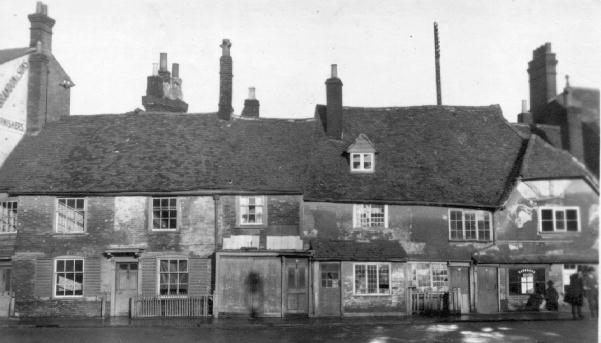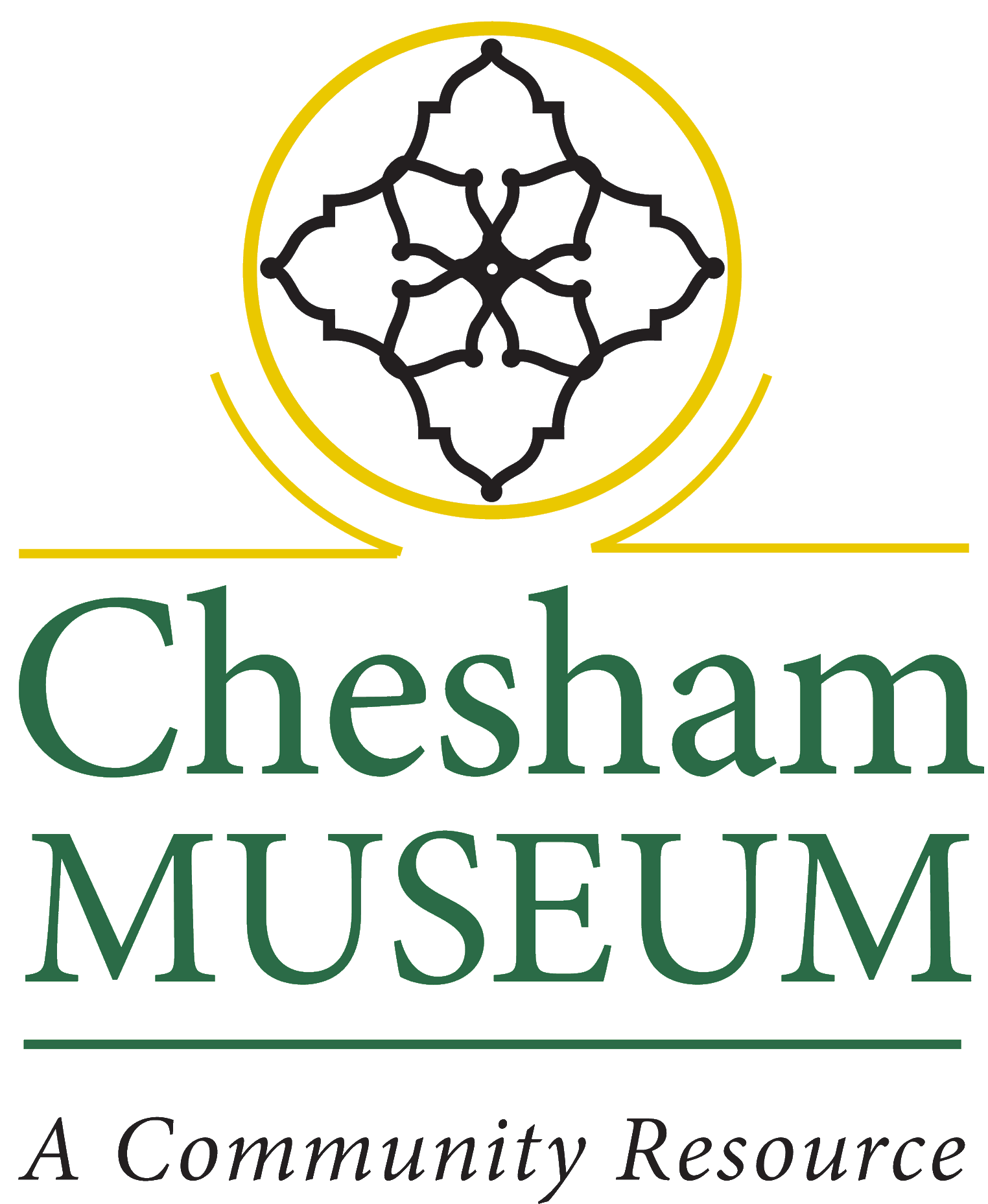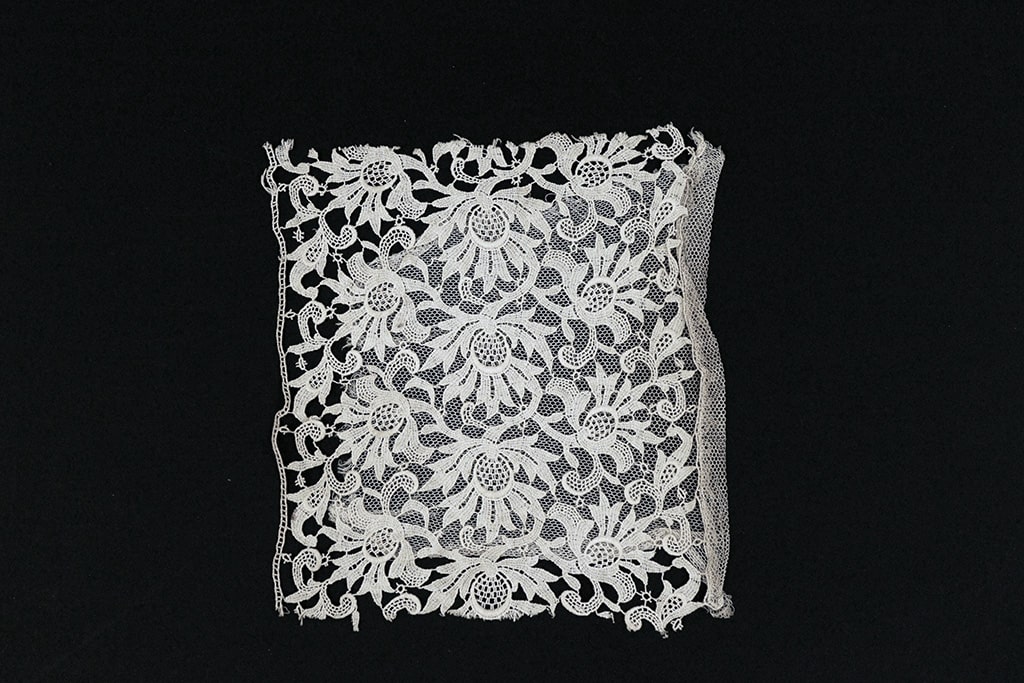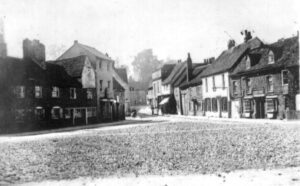Cottage industries
Chesham's cottage industries
View Cottage industries by:
In the 1800s, many people in Chesham were self-employed artisans who worked in their own cottages or backyard workshops. These included shoemakers, brushmakers, woodenware workers, tailors, dressmakers, bonnet sewers, milliners, lacemakers and straw plaiters.
In some cottage industries men and women worked together; for example, shoemakers’ wives would sew together the leather uppers of the shoes made by their spouses.
Two cottage industries, lacemaking and straw plaiting, provided employment for large numbers of women and children. Chesham’s lacemakers had been making fine hand-crafted lace since at least the 17th century but by the 1860s, the demand for this was in decline due to the growth and mechanisation of the lace industry in Nottingham.
Musson and Craven’s Directory for 1853 stated that in Chesham ‘straw plait is manufactured to a great extent’. Sometimes, whole families were employed in straw plaiting. Children as young as four were often sent to plaiting schools where little or no instruction was given. Their parents paid the schoolmistress to supervise the children’s plaiting to make sure they completed their allotted tasks.
The 1867 Factory Act prohibited the employment in workshops of children under the age of eight and this eventually led to the demise of plaiting schools.
The straw plaiting process was as follows: first the straws were put through a straw-splitter to form them into even-sized splints. These were then softened using a splint mill, after which they were cut into ten-inch lengths.
At this stage the splints were sometimes bleached or dyed before being bundled up ready to be given to the plaiters to be worked into twenty-yard lengths known as scores. There were numerous different patterns of plait, some more intricate than others.
Finally the ends were clipped to form a neat finish. Chesham had a weekly straw plait market where women would sell their completed scores to the plait dealers. The scores were then taken to Luton, where they were stitched together and made up into straw hats.
Straw plaiting declined towards the end of the century due to cheap imported straw plait and the mechanisation of the Luton hat industry.






